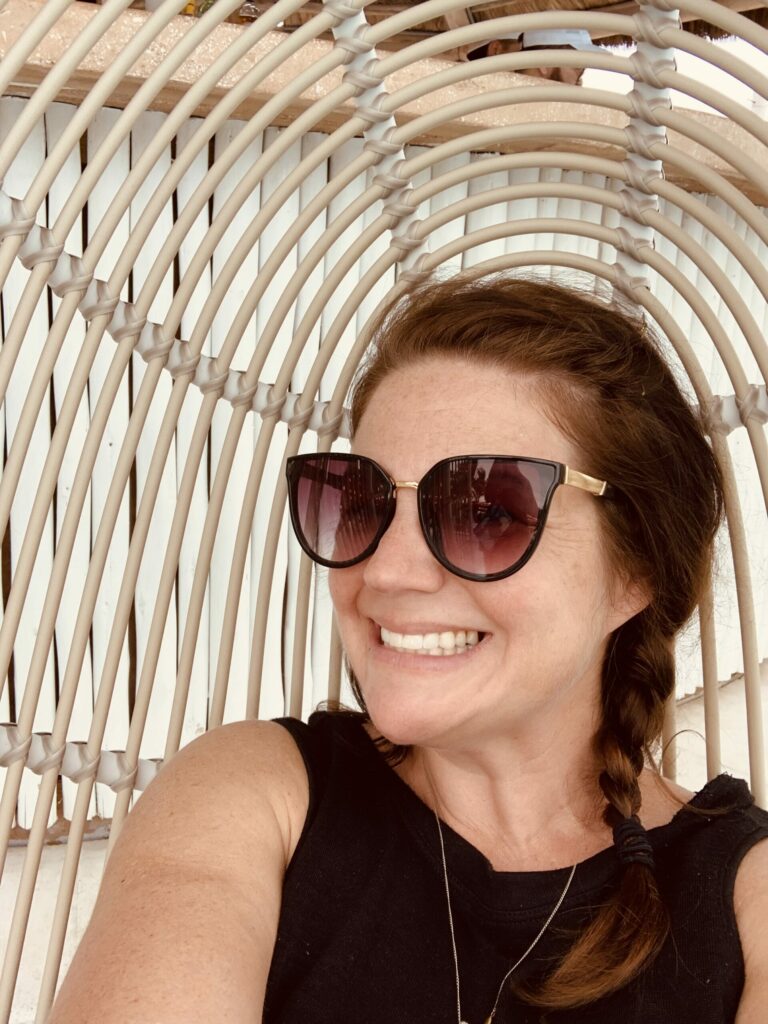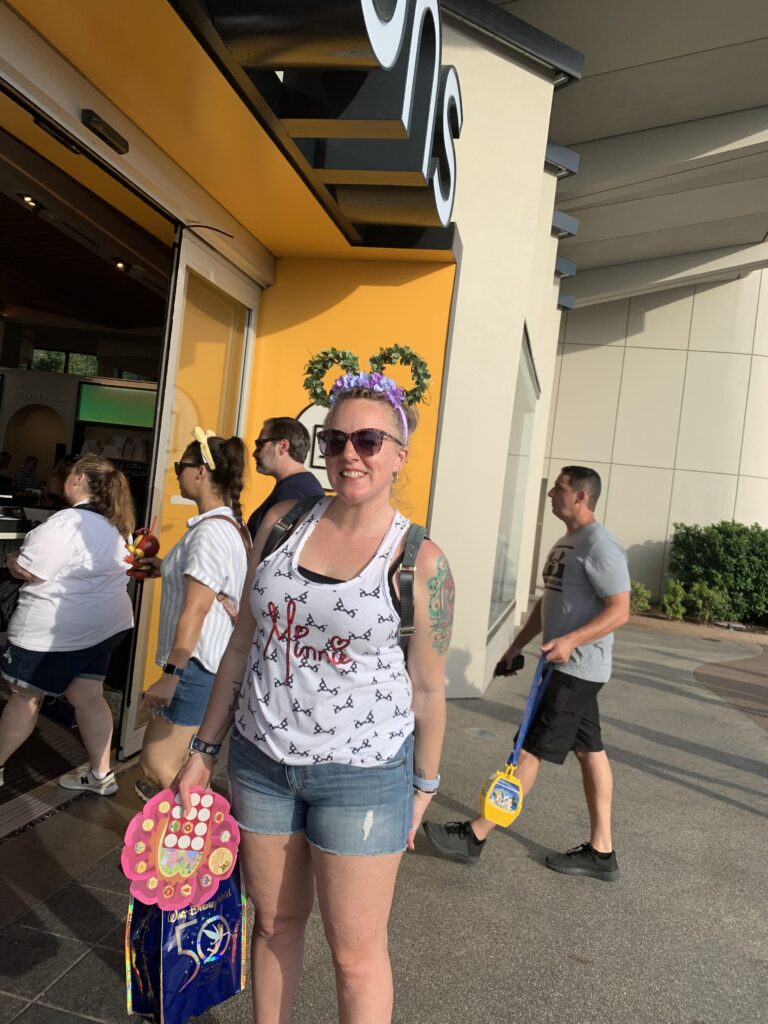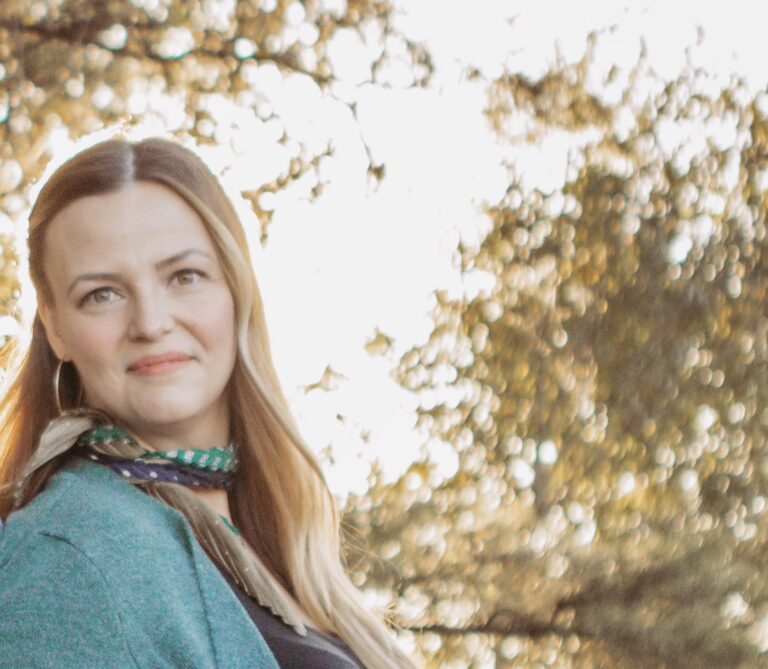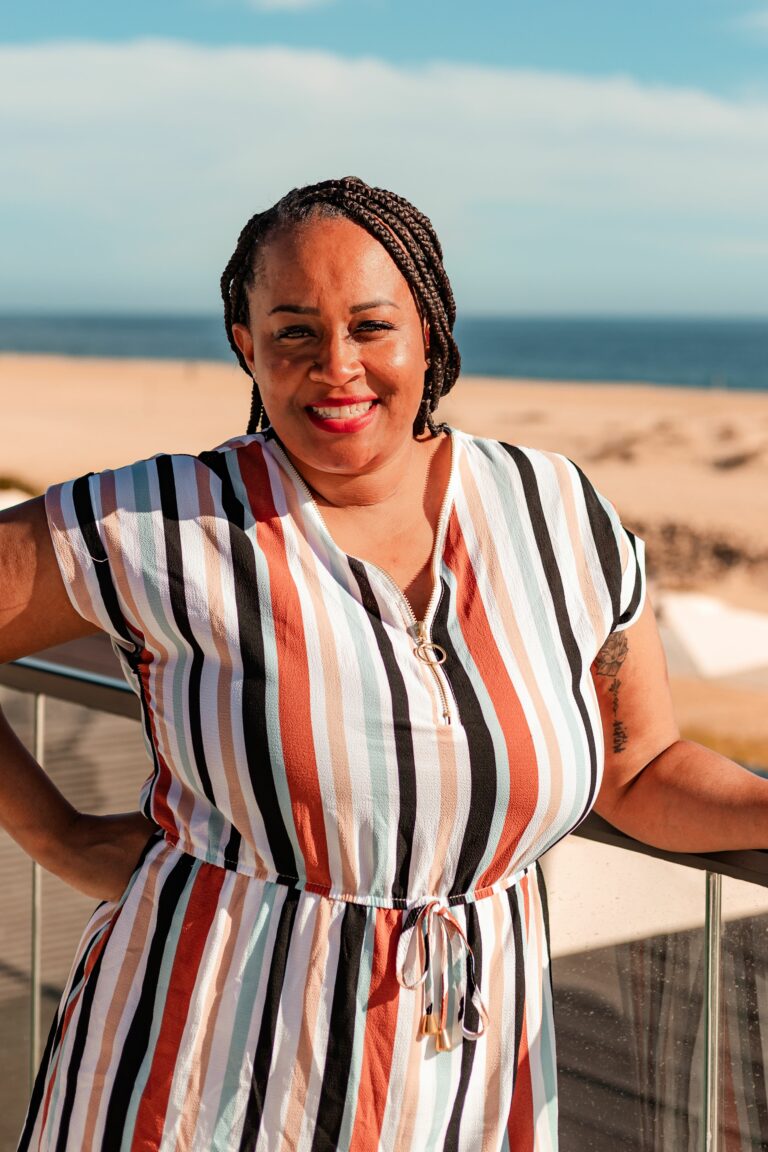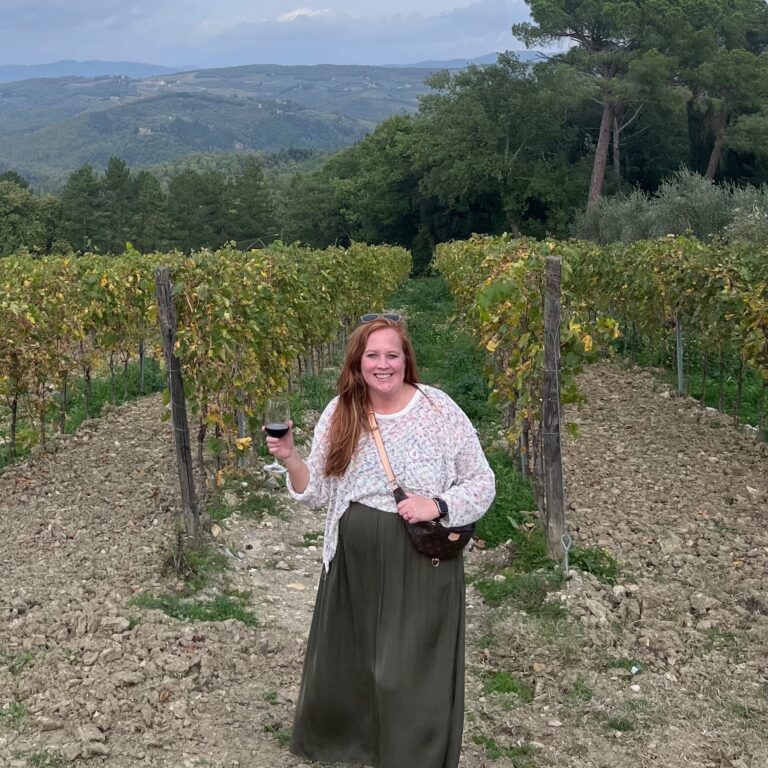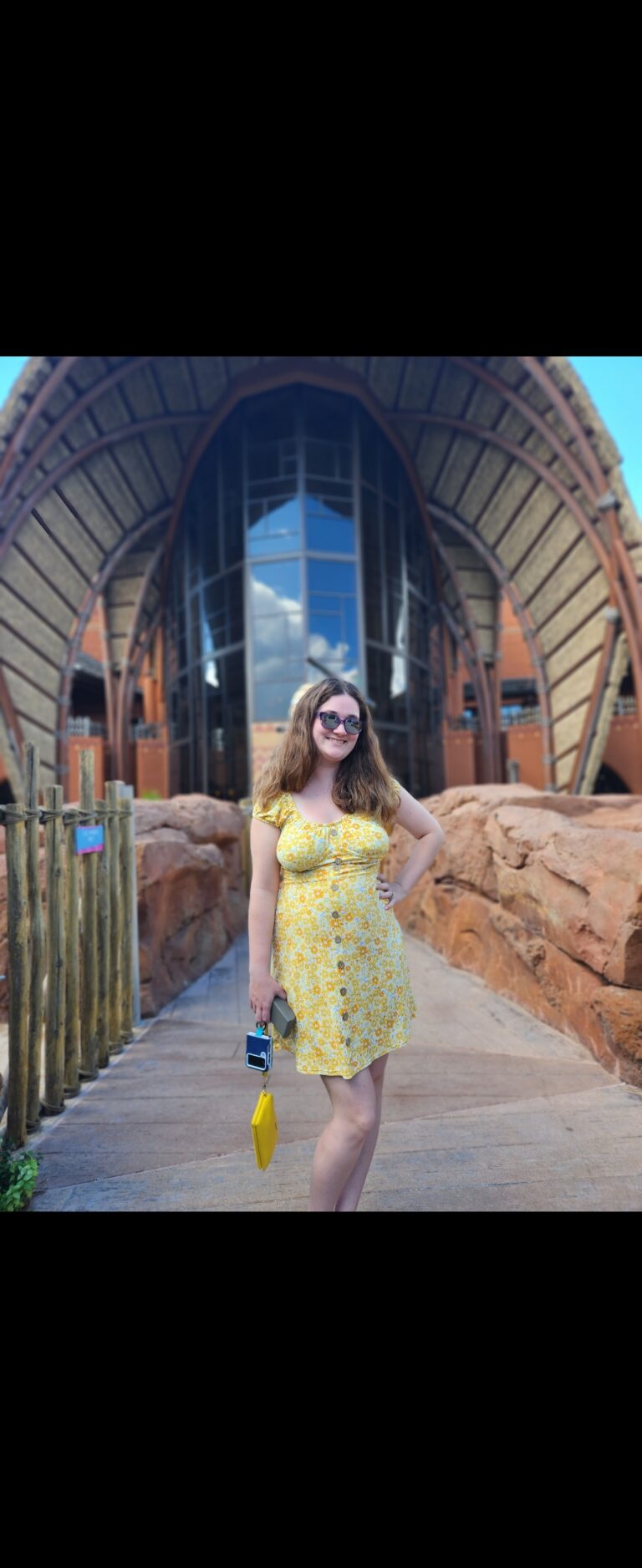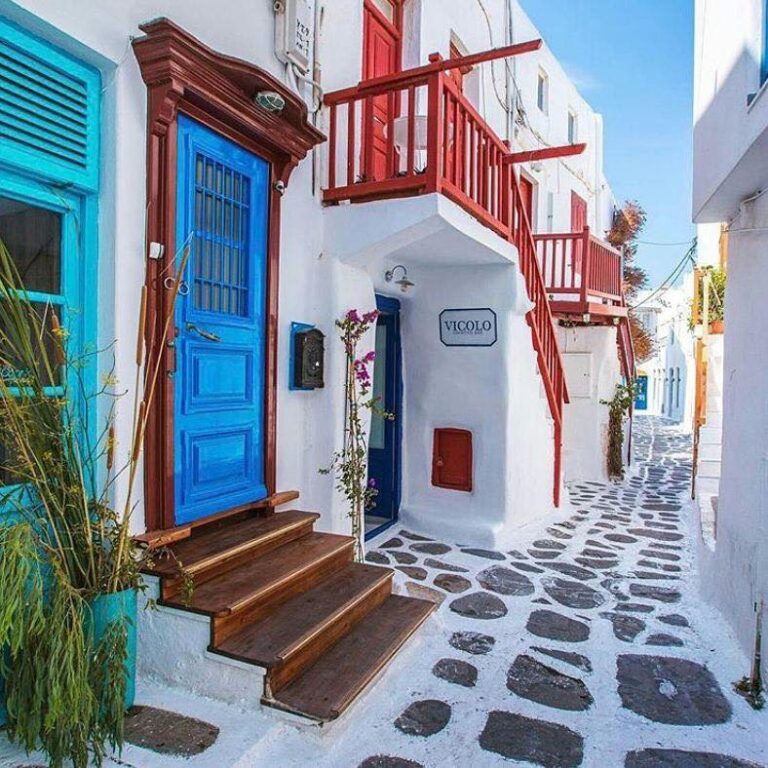Overview
Introduction

Set like gems in the sparkling blue Aegean Sea, each of the Cyclades islands has its own character. For Mykonos, the local culture is a mix of the sacred and the profane. This island is the gateway to the neighboring unoccupied island of Delos, the sacred center of the Cyclades.
With more than a million visitors a year, this 30-sq-mi/80-sq-km island gets busy in high season. For those who don't like crowds, spring and fall are the best times to visit.
If your notion of a Greek island is old ladies in black and fishermen mending their nets by the harbor, Mykonos will be an eye-opener. In fact, it will probably surprise even the experienced traveler. Mykonos has more than 400 churches and chapels, as well as several nude beaches and its share of gay striptease and drag shows. Fashion models strut their stuff, and the nightlife can be as wild as anywhere in the world. Prices are high, too, but the food and shopping are better than almost anywhere else in Greece.
Mykonos Town, the capital, is the center of activity on the island. Don't let its reputation for bacchic behavior discourage you from visiting. Go during the daytime if you want to experience a more traditional side of town. Take time to stroll its warrenlike streets, many of which are no wider than a sidewalk. On each side are smooth, whitewashed cubes whose doors and windows are splashed with bright colors. Bougainvilleas, clematis and geraniums cascade from the wooden balconies.
Be sure to peek inside a few of the red-domed chapels scattered around the island. Most are tiny, peaceful places. There are also several small museums that contain some interesting artifacts.
Outside the capital, the beaches are superb, provided you don't mind sharing them with a few thousand other people. Inland are few trees and lots of rocks, so although it's not the most attractive of islands, it does have character.
Must See or Do
Sights—The island's landmark windmills, especially to watch the sun set; Little Venice at night (it may not be to everyone's tastes, but it's what Mykonos is about); Panayia Paraportiani, for a glimpse of the sacred amongst the profane; Mykonos Town's winding back streets; a short boat ride to the ancient archaeological site on nearby uninhabited Delos island.
Museums—The Archaeological Museum of Delos; Delos artifacts at the Archaeological Museum of Mykonos; traditional arts and crafts at the Folklore Museum of Mykonos.
Memorable Meals—Tarte tatin at La Maison de Catherine, tiradito and new-style sashimi at Matsuhisa; a contemporary take on Greek tavern fare at Bakalo; organic Greek dishes such as water buffalo meatballs at Nice n Easy on Kalo Livadi beach.
Late Night—The spectacular cliff-top setting and pool overlooking the sea at Cavo Paradiso; club-hopping through Mykonos Town's alleys and Little Venice; after-hours beach parties on Paradise or Super Paradise beaches; enjoying the packed party crowd at the island's beach club venues when world-famous DJs spin.
Especially for Kids—Miniature lighthouses and model ships at the Aegean Maritime Museum; find Petros the Pelican, the island's fabled resident mascot that struts around the port; ride a horse along some of the most picturesque beaches in the world; rent paddleboats and kayaks; visit Delos where, in Greek mythology, Zeus' twins Artemis and Apollo were born.
Geography
Mykonos would be an almost circular island if it weren't for the bite-sized bays along the coastline, which give it a ragged butterfly shape. Its area, covered by barren rock and excellent beaches, is less than 30 sq mi/80 sq km. The island has two high points, both called Profitis Ilias, one in the extreme east (1,152 ft/357 m) and the other in the northwest corner (1,221 ft/378 m).
The island is part of the archipelago known as the Cyclades. This name derives from the rough circle the island chain forms around Delos. Mykonos is to the northeast, at around 2 o'clock on the dial. Its capital, Mykonos Town, sits halfway down the island's west coast, looking inward toward some of the other Cycladic islands. The sacred island of Delos, now an archaeological site, is just a mile/kilometer to the southwest.
The focal point of the town is the harbor, with the main square of Platia Mavrogenous (also known as Taxi Square) in the southeast corner. South of the harbor you'll see a line of white windmills, one of the great images of Mykonos, though better viewed from a distance. These structures, no longer in use, were built to capture the prevailing northwest winds for grinding wheat into flour.
South of the windmills is a trendy district called Alefkandhra. This area is also known as Little Venice, because its balconied buildings back onto the water. Alefkandhra gets packed at times because so much of the town's cultural life is squeezed in there—not only within the cafes, tavernas, discos and art galleries, but in the streets as well.
Most of the beaches and small resorts are along the south coast, within fairly easy reach of Mykonos Town. The island's only other major settlement, Ano Mera, is about 5 mi/8 km east of the town. Ano Mera is a large village hardly touched by tourism. Beyond there the roads peter out, although there are some quiet beaches and coves that can be reached by footpath or by boat.
In the center of the island is a reservoir lake that attracts flocks of migrating birds.
History
Not much is known about the early history of Mykonos. When recorded history began, it was being used as a stopping-off point for the holy island of Delos. In fact, Mykonos is named after the son of a king of Delos. According to mythology, the island got its rocky shape when Hercules killed several giants there and threw them down, turning them to stone.
During the first millennium, the island was inhabited by seafaring peoples who found their way there from Egypt, Phoenicia, Crete and the Ionian islands. In 1207, the Venetians conquered the island, and in 1537, it came under Turkish rule. It remained under Turkish occupation until 1822, though it retained a certain amount of autonomy, providing ships and sailors to fight against the Turks in the war of independence.
In the 18th and early 19th centuries, pirates plagued the island. In an effort to confuse them in Mykonos Town, the narrow streets were contorted into labyrinthine designs. Visitors have felt the disorienting effects ever since.
The first half of the 20th century saw the island become a popular spot with archaeologists working on nearby Delos. In the 1950s, the first waves of tourists began to arrive, including glamorous names such as Aristotle Onassis and Maria Callas. Since the 1970s, Mykonos has been one of the gay capitals of the Mediterranean, and it remains a part of the island's cultural mix.
Potpourri
Despite its reputation for nightlife, churches and chapels still outnumber clubs and discos on Mykonos.
Mykonos has about 10,000 residents, yet it attracts more than 1 million visitors a year.
Jackie Onassis, Grace Kelly, Sophia Loren and Brigitte Bardot put Mykonos on the jet-set circuit during the 1960s; before that, it was a simple Cycladic island with little tourism.
Just about every movie and music star you can imagine has visited the island at some point. Even Rolling Stone Keith Richards stopped rolling long enough to spend some time there. Recent visitors include Usain Bolt, Monica Bellucci and Lady Gaga.
Sponges are sold all over Mykonos and are said to have healing qualities. Sponge diving has been practiced in the Aegaen Sea for at least 3,000 years.
The superstition of kako mati or simply mati, the "evil eye," is still feared as it was 2,000 years ago. A clove of garlic in your pocket will protect you against it. If you happen to be without garlic, mimic spitting three times in the direction of your chest.
Mykonos has been used as a location for various films, ranging from The Boy on a Dolphin starring Sofia Loren in 1957, to Bourne Identity with Matt Damon in 2000.
Mykonos is named after the grandson of Apollo, Mykons. According to Greek Mythology, Hercules, Poseidon and Zeus fought the Titans on the island.
Mykonos has its own mascot, a white pelican named Petros, who prances around the harbor and loves people. Legend has it he was found injured off the coast and nursed back to health by locals.
Location
Mykonos is a popular stop for cruise ships sailing the eastern Mediterranean. Most ships now dock at the so-called "new port" of Tourlos, which lies 2 mi/3 km north of Mykonos Town. The majority of cruise companies arrange shuttle buses between Tourlos and town, and in addition there is a (sporadic) public bus service plus a taxi rank. Note that there are limited facilities at Tourlos. Alternatively, some cruise ships anchor offshore, and passengers are taken directly to the "old port" on the waterfront on the edge of Mykonos Town by tender.
Shore Excursions
The top shore excursions in Greece typically revolve around the country's ancient archaeology sites, and Mykonos is no exception. A short boat trip to uninhabited Delos is a popular and worthy shore excursion to that gives firsthand insights into the sacred life of the ancient Greeks.
If archaeology and mythology aren't of much interest, shore excursions that take you deeper into modern-day Greek island culture may be more interesting. Panoramic tours of the island take you to the second-largest town on the island, the traditional Ano Mera. A 16th-century Greek Orthodox monastery stands in this quiet and peaceful inland village.
Other excursions showcase Greek gastronomy, religion, traditional dance and more. In Mykonos, smaller ships have the option of docking for longer periods of time to encourage passengers to return around midnight or later for a chance to dine among locals or experience a taste of the island's famous nightlife scene.















